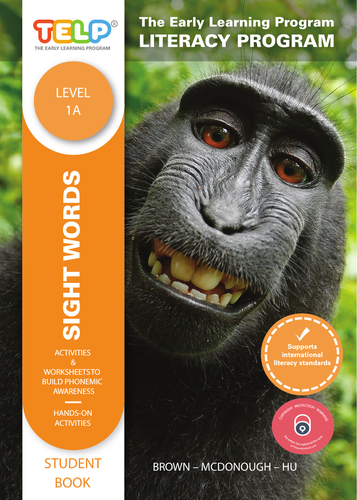

This Sight Word Activity Book works with Pre-primer words:
a, and, are, at, away, ,can, big, can, come, down, find, for, funny, go, help, here, I, in, is, it, jump,
Sight Word Activity Book includes:
• Find and Circle it Students find the specified sight word within a group of different words with a variety of fonts.
• Trace it Students will be able to trace the specified sight word two times using proper letter formation. This will also help them practice good penmanship.
• Color it The color it portion helps students read and recognize color words while coloring the sight word according to the color code.
• Highlight it Grab the highlighters (or crayons) and lets students find the specified sight word in a group of 12 sight words.
• Put it in a Sentence There are two simple sentences where students will write the sight word and read the sentence with the sight word. All of the sentences are designed with beginning readers in mind and mostly include sight words and short vowel words.
• Box it Up Students will box up the word two times. One box it up box is traceable and the other box is meant to have student spell out the word.
• Build it At the bottom of the page there are mixed up letter tiles to build the sight word. Students will cut and paste these letters to correctly build the given sight word.
Something went wrong, please try again later.
This resource hasn't been reviewed yet
To ensure quality for our reviews, only customers who have purchased this resource can review it
Report this resourceto let us know if it violates our terms and conditions.
Our customer service team will review your report and will be in touch.